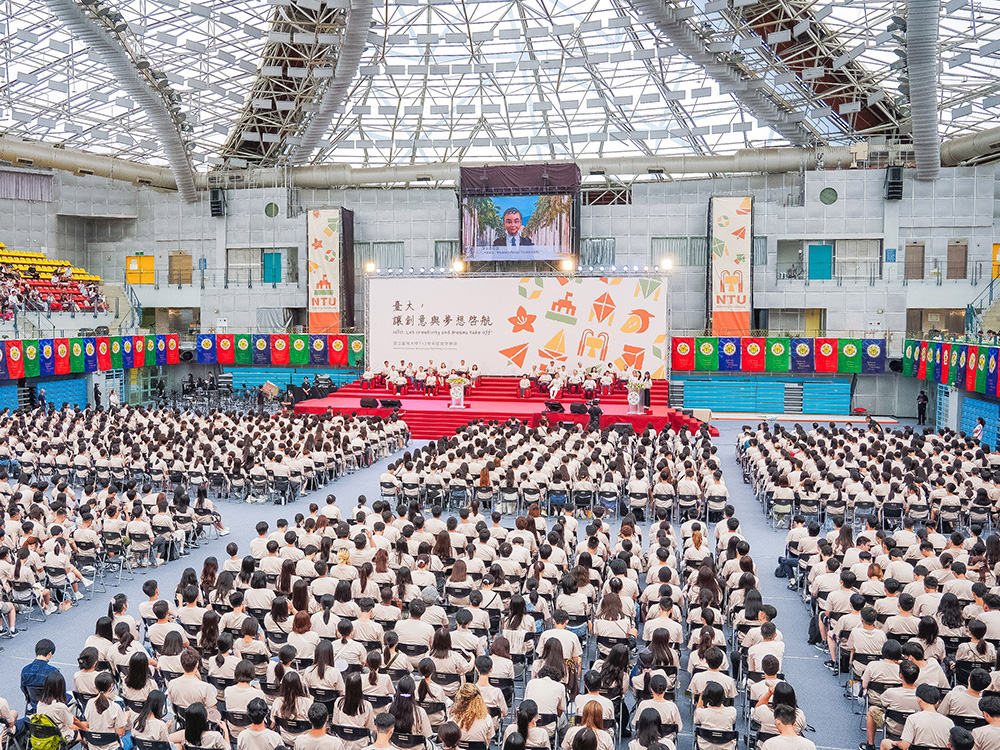
NTU Opening Ceremony: “Where Creativity and Dreams Take Flight”
瀏覽器版本過舊,或未開啟 javascript
請更新瀏覽器或啟用 javascript
Spotlights
AMOC transport at 26.5°N in the last cycle of the OMIP2 experiment (blue) and RAPID observations (black) (units: Sv). The 5 year running mean of the annual mean density flux over the North Atlantic (45–65 °N) is superimposed (red). The total density flux is separated into thermal (green) and haline (yellow) components.
The ocean covers over 70% of the Earth’s surface and plays a crucial role in regulating the Earth’s climate by absorbing a significant amount of heat and carbon dioxide. Changes in the deep ocean circulation are an important process in the Earth’s system under global warming. Among these processes, the Atlantic meridional overturning circulation (AMOC) is capable of directly altering the marine ecosystem and causing extreme weather events. Twenty years ago, the movie “The Day After Tomorrow” discussed the rapid changes in the AMOC under global warming, which led to the onset of an ice age. Therefore, the variability of the AMOC under future scenarios has been an important topic in recent scientific research.
Over the past decade, Distinguished Professor Yu-Heng Tseng (曾于恒) from NTU’s Institute of Oceanography has led a Taiwanese research team in developing a high-performance ocean model called the Taiwan Multi-Scale Community Ocean Model (TWMCOM). TWMCOM is not only a locally developed high-precision ocean model for Taiwan’s surrounding waters, but also incorporates ocean eddy parameterization and sea ice modeling to simulate changes in the global ocean and sea ice systems. For the first time, Taiwan participated in the Ocean Model Intercomparison Project (OMIP) under Phase Six of the Coupled Model Intercomparison Project (CMIP6), which compares ocean models internationally.
Read the journal article in Ocean Modelling: https://doi.org/10.1016/j.ocemod.2022.102109

NTU Opening Ceremony: “Where Creativity and Dreams Take Flight”
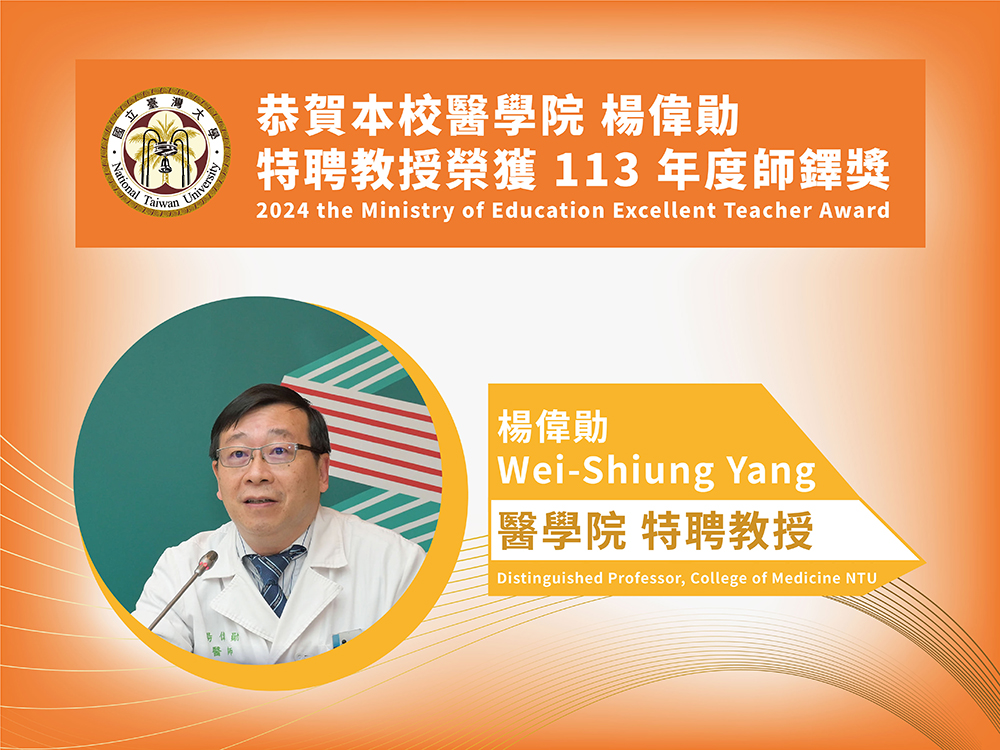
Prof. Wei-Shiung Yang wins MOE National Excellent Teacher Award
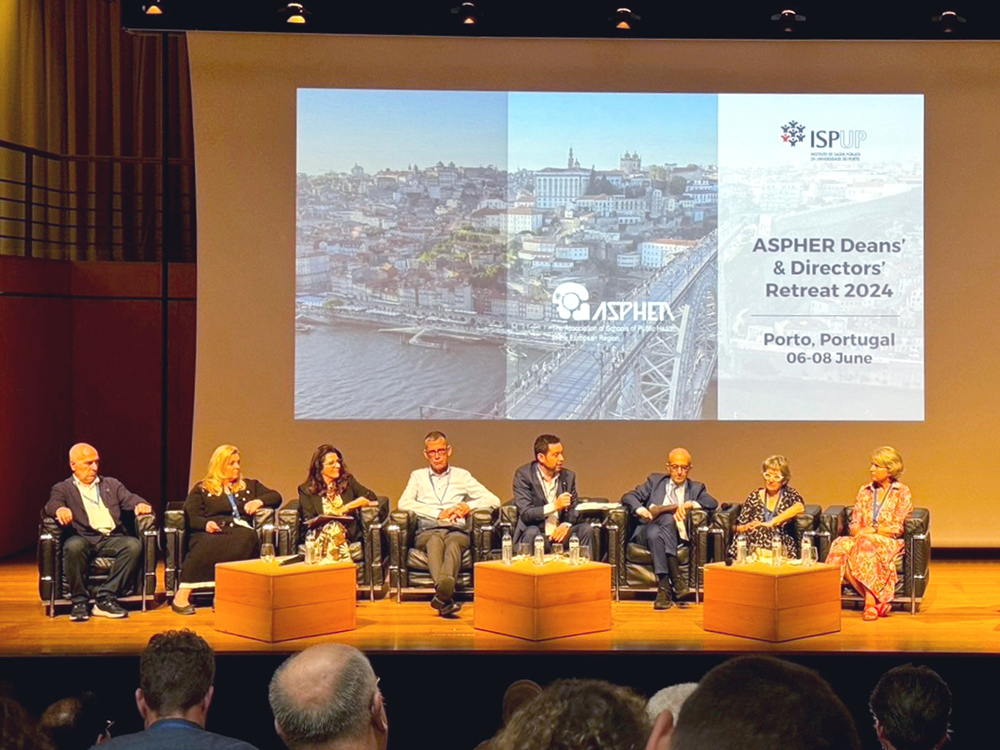
NTU College of Public Health's Global Health Program Joins the Association of Schools of Public Health in the European Region
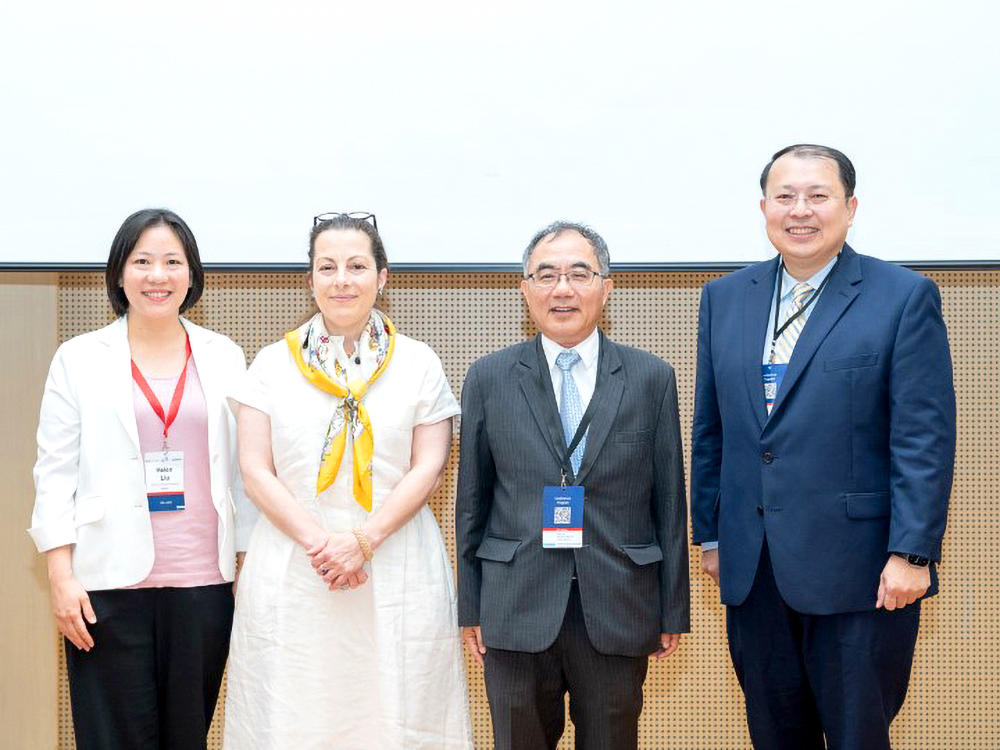
NTU hosts a successful dg.o 2024
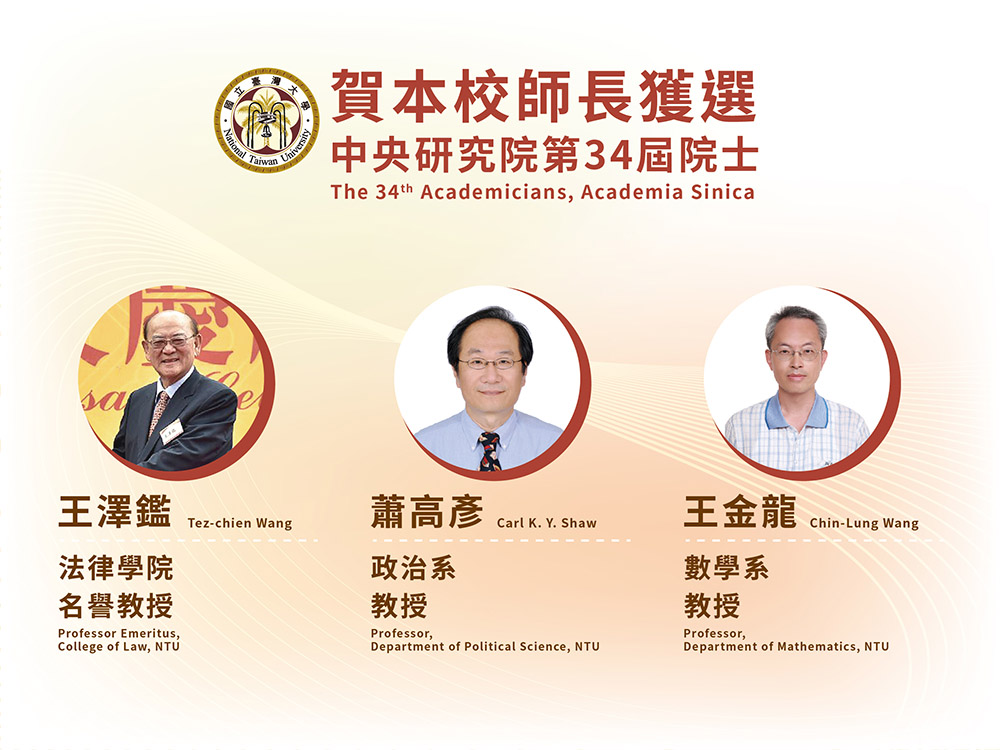
Congratulations to NTU faculty members elected as 34th AS academicians
Current Spotlights